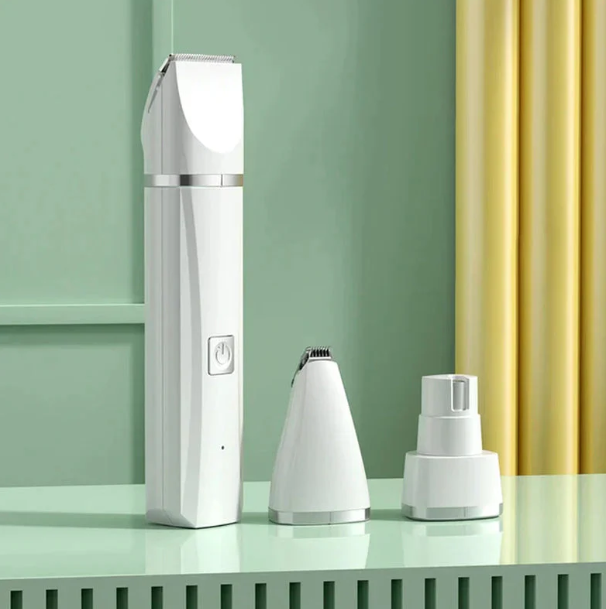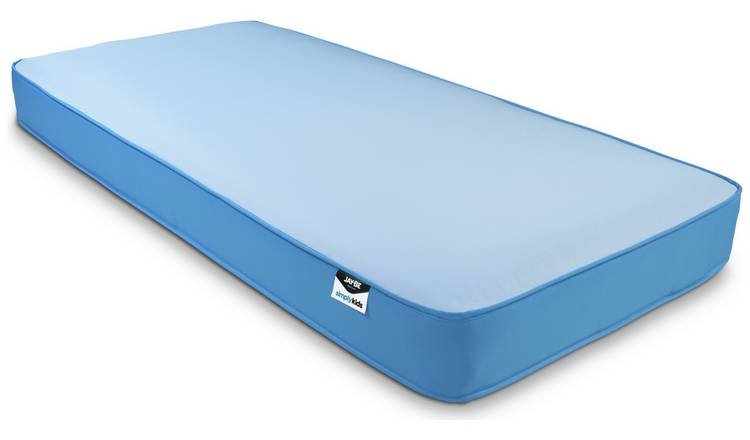The focus of most people when building or flying a drone is on the motors, propellers, or flight controllers. However, one tiny part that hardly gets any credit is the antenna, which is the piece that actually determines how well your drone operates in terms of communication.
This, in fact, is the major determining factor of the range, the steadiness of a control link, and the clearness of an FPV (First Person View) video feed transmitted back to the user’s device.
The best antenna for drone signal will improve the range as well as the signal steadiness; conversely, poor antennas may cause interference, signal lowering, and even control loss.
FPV pilots and DIY drone enthusiasts have been using the 2.4 GHz U.FL T-Antenna as their go-to solution from the many available options. It is small, easy to install, and stays effective for short- to mid-range flights.
What is a 2.4 GHz U.FL T-antenna?
What is it?
2.4G U.FL T-Antenna is a mini, lightweight antenna for drones employing 2.4 GHz frequency, the same as employed for the majority of RC control systems and Wi-Fi networks.
Technical details
- Frequency: 2.4 GHz
- Gain: Approximately 0 dBi to 3 dBi (variant to model)
- Connector Type: U.FL (ultra-miniature coaxial connector)
- Shape: T-shape for symmetrical coverage
How the U.FL connector functions
The U.FL connector is a tiny plug that allows the antenna to be connected to the receiver board easily. Since it’s very small, it’s the best solution for drone projects that are tight on space. It puts together stably but should be taken with care; in case of installation, don’t force or break it.
Common Antenna Types Used in Drones
These are the main drone antenna types you’d find in drone systems:
a. Dipole Antenna
- The most basic and common antenna type.
- Offers a range and solid signal strength.
- Can be used for general FPV and control links.
b. Patch Antenna
- This is a flat, directional antenna used in long-range FPV operations.
- Directs signal strength to a single direction; thus, extension of the range comes with a substantial decrease in the coverage angle.
c. Cloverleaf / Circular Polarised Antenna
- Used only for FPV video transmissions.
- It has less signal interference and multipath distortion.
- On the other hand, it is a bit bigger and more delicate than other types.
d. T-Antenna (U.FL)
- Less heavy, smaller in size and can be installed in a matter of seconds.
- Intended for performances from short to mid-range, thus micro or racing drones are the most appropriate ones.
2.4G U.FL T-Antenna vs Other Drone Antenna Types
| Feature | U.FL T-Antenna | Dipole | Patch | Cloverleaf |
| Frequency Range | 2.4 GHz | 2.4 GHz / 5.8 GHz | 5.8 GHz | 5.8 GHz |
| Size | Very compact | Medium | Large | Bulky |
| Range | Moderate | Good | Long (directional) | Moderate |
| Durability | Medium | High | High | Fragile |
| Use Case | Control link / compact drones | General FPV | Long-range FPV | Video transmission |
This chart indicates that the 2.4G U.FL T-Antenna is optimised for compactness and efficiency over an extreme range. It is a great option when size, weight, and simplicity are most important.
2.4G U.FL T-Antenna: Advantages and Disadvantages
Advantages
- Good and compact design of low weight
- Can be quickly installed with a U.FL connector
- The control signal remains stable for short and medium flights
- Perfect for small constructions and stack-mounted flight controllers
Disadvantages
- The transmission distance is not as long as that of a large directional antenna
- If it is not mounted properly or handled with care, it can be broken
Best Uses for 2.4G U.FL T-Antenna
2.4G U.FL The T-antenna is best antenna for drone signal when it is used for:
- Micro drones and FPV racers: The stacks call for tiny, light antennas that will not affect aerodynamics.
- Compact flight stacks: Great for drones where millimetre and gram savings matter.
- Short- to medium-range telemetry and control: The best way to have a stable control link without the hassle of antenna installations.
- Botlab Store stacks (optional): It is compatible with the mini drone stacks or flight controllers with the neat wiring and optimum space usage.
Tips on Enhancing 2.4G U.FL T-Antenna Performance
To utilise the complete potential of your 2.4 GHz U.FL T-Antenna, you must:
- Antenna positioning: Avoid positioning the antenna next to carbon fibre components or metallic components. The latter can not only jam signals but also attenuate them.
- Correct alignment: The two T arms must be aligned perpendicularly towards the ground so that maximum possible coverage of the signal is achieved.
- Protection: A heat-shrink tube or a protective cover as small as possible should be used to cover the antenna to save it from damage in the event of a crash.
- Match the receiver: Ensure that the receiver can function at the 2.4 GHz band and also has the right connector type
These are small but significantly important measures that help to achieve greater signal stability and range.
When to Use Other Types of Antennas
The U.FL T-Antenna is generally the right choice for most compact drones, but there are cases where it might not function optimally. In such cases, you can opt for a different drone antenna type if:
- In case you are conducting aerial mapping, surveying, or cinema flights that need long-distance transmission. Therefore, a patch antenna will probably be the best choice.
- In case you have an FPV video system that needs circular polarisation for a reduction in interference. As a result, a cloverleaf antenna is the better choice.
- If you want to place your drone outside and still be worry-free, or if you want a bigger drone, a dipole antenna can handle the additional wear and tear.
Conclusion
The right antenna can literally be the difference in how far your drone can communicate. The 2.4G U.FL T-Antenna is a compromise between performance, size, and usability. Even though it is not the longest range, it is still light, easy to install, and a perfect fit for small FPV or racing drone setups.
This drone antenna type is the answer to your problems of control and signal quality if you are either building your first mini drone or simply upgrading your racing quad with better parts, all while taking up minimal space.
At the end of the day, the best antenna for drone signal for you will be the one that supports your drone’s design, flight regimen, and range needs. The 2.4G U.FL T-Antenna is the perfect example of a compromise between utility and efficiency, a small part that can make a big difference in your flight experience. For more information on drone components, check out the BotLab Store.
Read more: Why candidates should learn with technology for the government exam



Leave a Reply